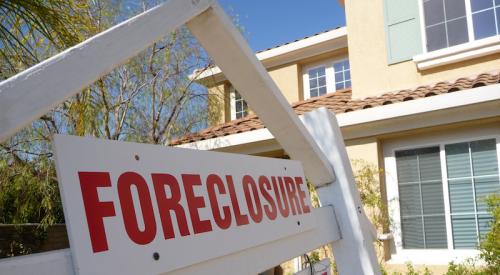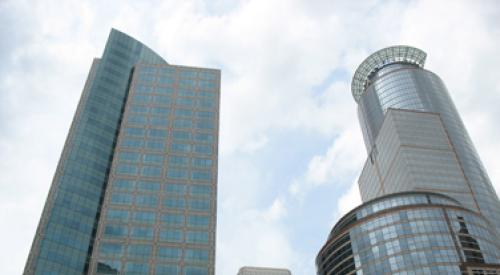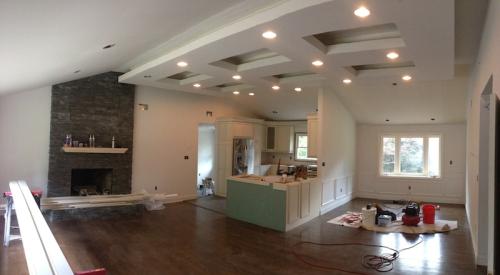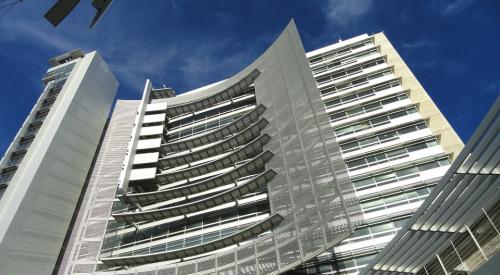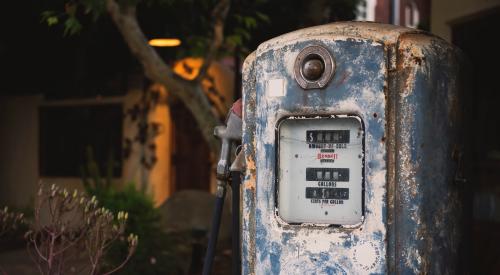Over the past few years, rents have climbed to the top of the mountain and sat there in the rarefied air, unreachable to many. But, it may not be long until these rents begin to descend from their perch and become a little easier to reach for a greater number of people.
As realtor.com reports, after jumping 20 percent nationwide in a five-year span, rents in some of the biggest and most expensive cities are starting to see slower increases. This slowdown is predicted to continue throughout the remainder of 2016 and into 2017 as multifamily permits in 25 of the largest U.S. cities were up 39 percent in 2015 compared with one year prior.
In New York, 2.6 times more apartments are expected to be opened next year than the historical average. Boston isn’t far behind at 2.5 times the historical average, and Philadelphia is expected to see twice as much supply growth as usual.
Not only do new apartments help with the supply issue, which in turn helps to slow rent increases, but as new apartments open, landlords often times put forth a plethora of concessions to help lure renters. If a new building is offering one or two months of free rent, owners of buildings already existing in the area need to lower their rents or risk losing tenants.
Even as rents cool off in urban centers, they are continuing to rise quickly for more moderately-priced apartments in the suburbs. Overall average rent growth across the United States is expected to slow to 4 percent by the end of the year, slightly below the five percent seen in the first quarter of 2016.
